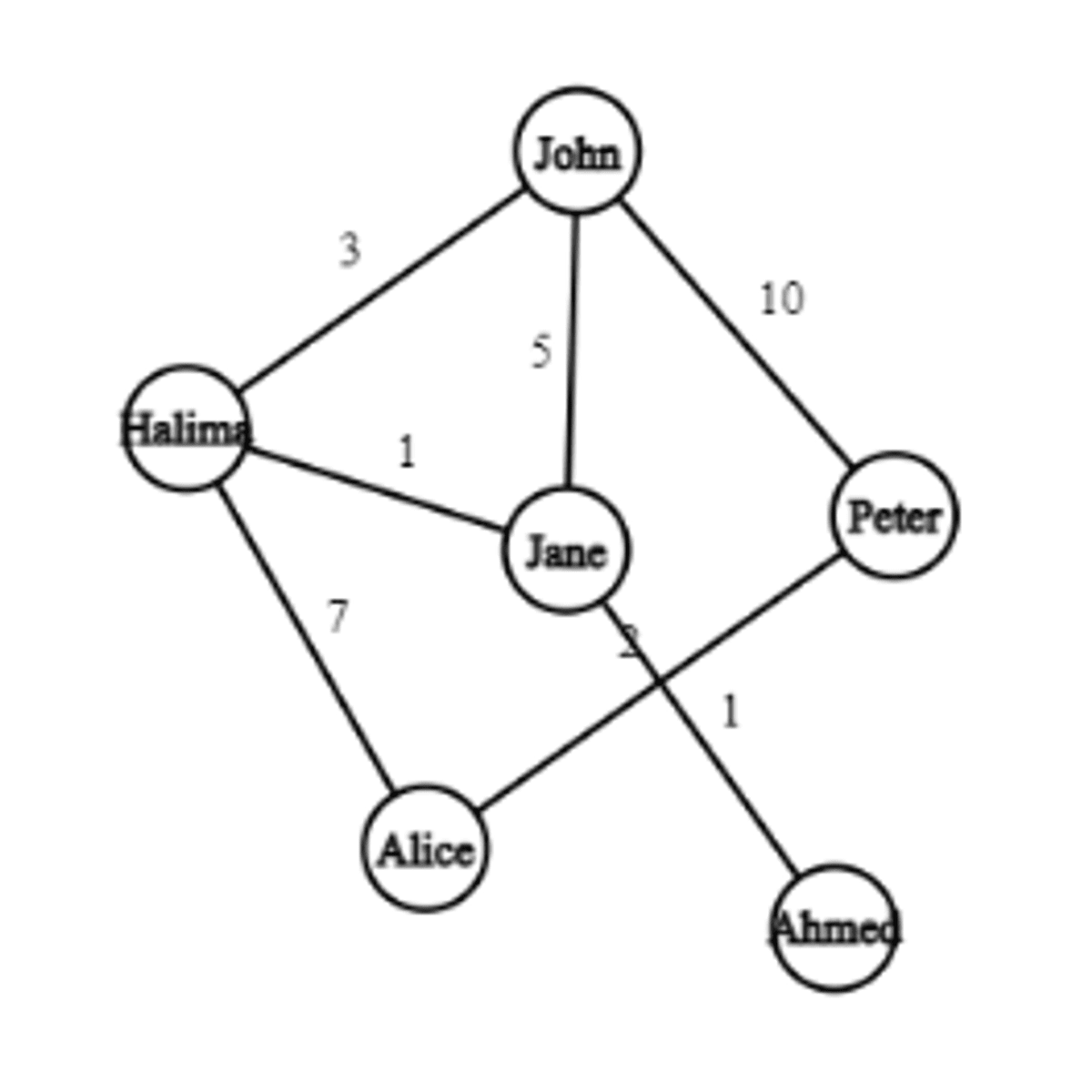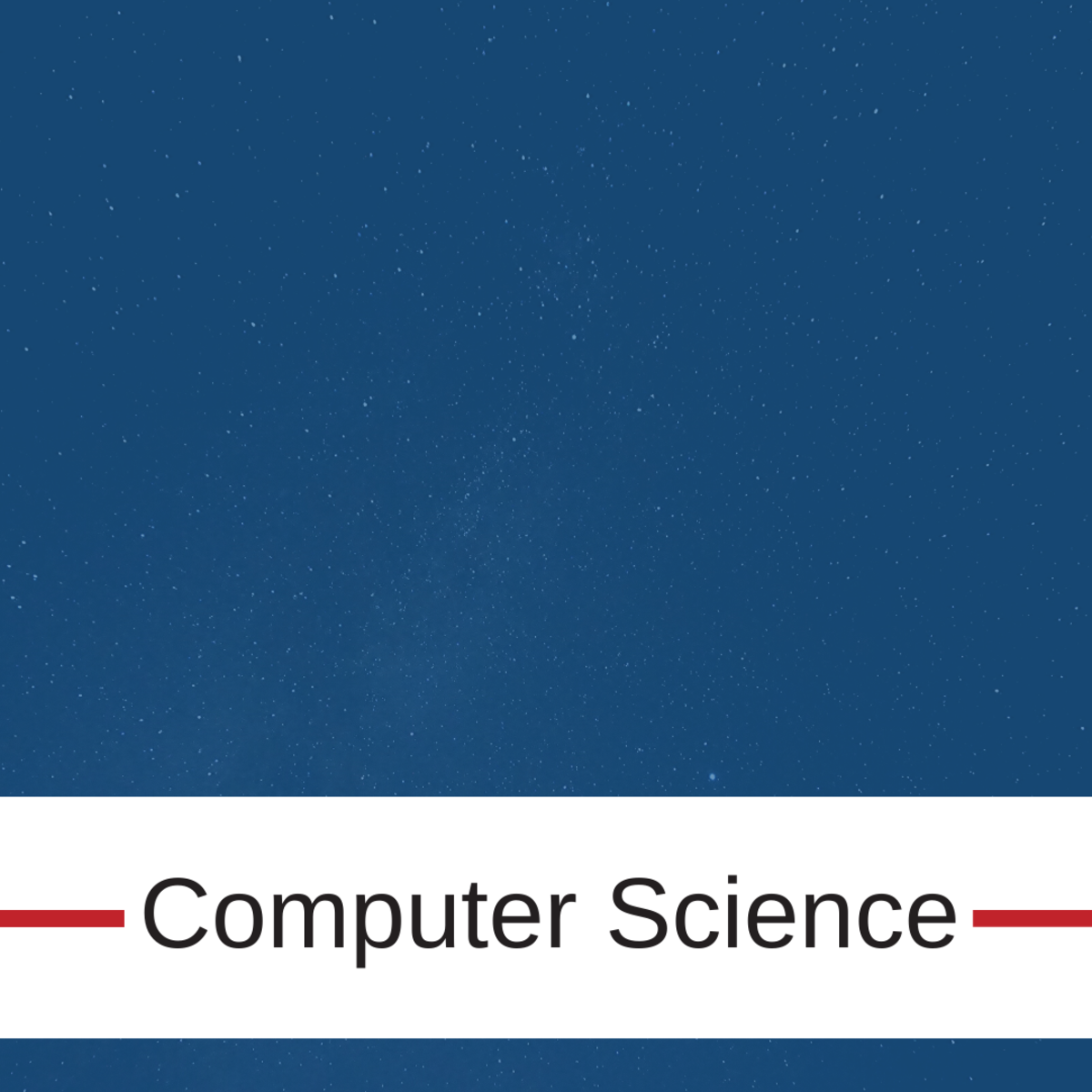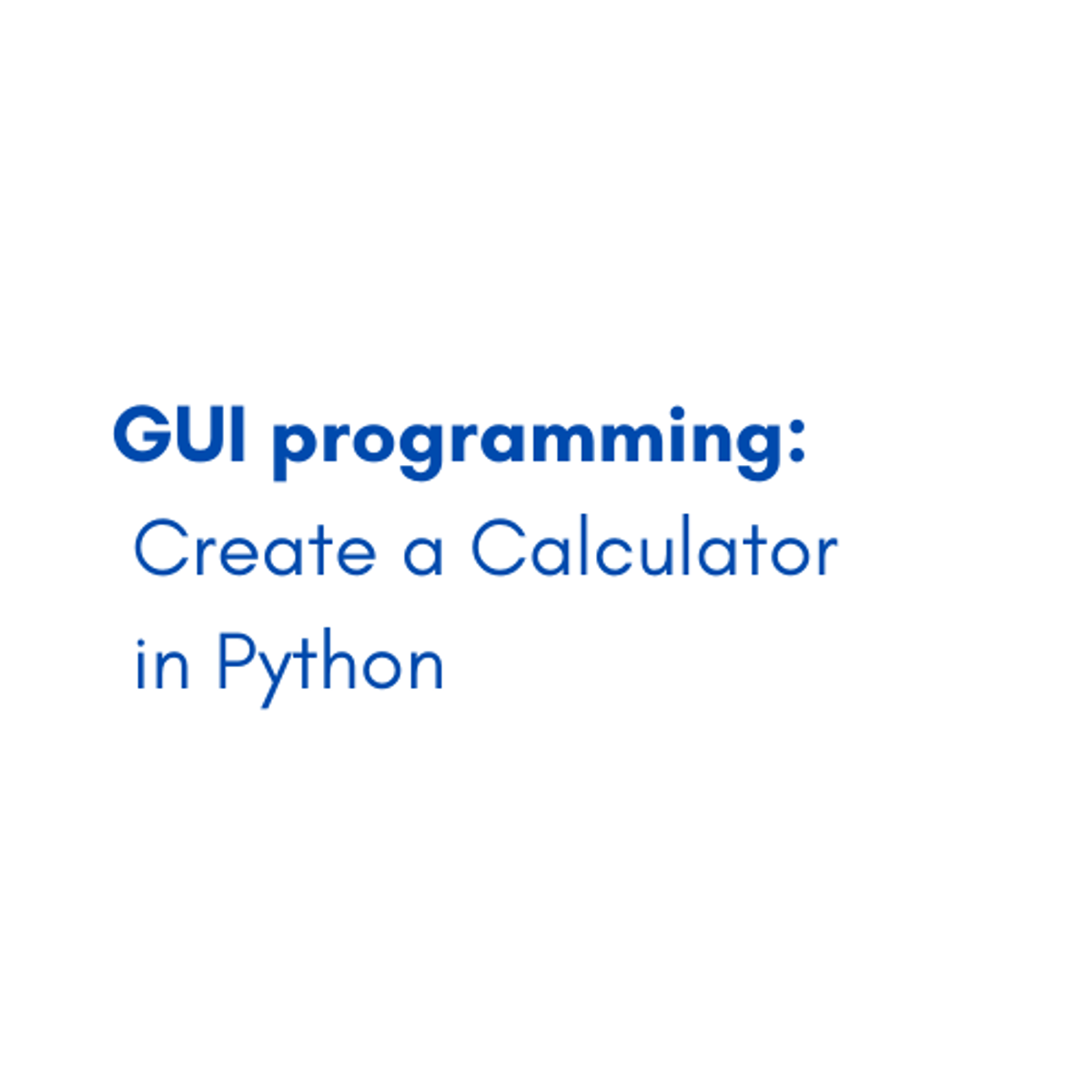Back to Courses









Algorithms Courses - Page 14
Showing results 131-140 of 326
Shortest Paths Revisited, NP-Complete Problems and What To Do About Them
The primary topics in this part of the specialization are: shortest paths (Bellman-Ford, Floyd-Warshall, Johnson), NP-completeness and what it means for the algorithm designer, and strategies for coping with computationally intractable problems (analysis of heuristics, local search).

Fundamentals of Reinforcement Learning
Reinforcement Learning is a subfield of Machine Learning, but is also a general purpose formalism for automated decision-making and AI. This course introduces you to statistical learning techniques where an agent explicitly takes actions and interacts with the world. Understanding the importance and challenges of learning agents that make decisions is of vital importance today, with more and more companies interested in interactive agents and intelligent decision-making.
This course introduces you to the fundamentals of Reinforcement Learning. When you finish this course, you will:
- Formalize problems as Markov Decision Processes
- Understand basic exploration methods and the exploration/exploitation tradeoff
- Understand value functions, as a general-purpose tool for optimal decision-making
- Know how to implement dynamic programming as an efficient solution approach to an industrial control problem
This course teaches you the key concepts of Reinforcement Learning, underlying classic and modern algorithms in RL. After completing this course, you will be able to start using RL for real problems, where you have or can specify the MDP.
This is the first course of the Reinforcement Learning Specialization.

Programming Fundamentals
Programming is an increasingly important skill, whether you aspire to a career in software development, or in other fields. This course is the first in the specialization Introduction to Programming in C, but its lessons extend to any language you might want to learn. This is because programming is fundamentally about figuring out how to solve a class of problems and writing the algorithm, a clear set of steps to solve any problem in its class. This course will introduce you to a powerful problem-solving process—the Seven Steps—which you can use to solve any programming problem. In this course, you will learn how to develop an algorithm, then progress to reading code and understanding how programming concepts relate to algorithms.

C Programming: Advanced Data Types - 5
In this course you will define your own data types in C, and use the newly created types to more efficiently store and process your data.
Many programming languages provide a number of built-in data types to store things such as integers, decimals, and characters in variables, but what if you wanted to store more complex data?
Defining your own data types in C allows you to more efficiently store and process data such as a customer's name, age and other relevant data, all in one single variable! You will also gain experience with programming concepts that are foundational to any programming language.
Why learn C and not another programming language? Did you know that smartphones, your car’s navigation system, robots, drones, trains, and almost all electronic devices have some C-code running under the hood? C is used in any circumstance where speed and flexibility are important, such as in embedded systems or high-performance computing.
At the end of this short course, you will reach the fifth milestone of the C Programming with Linux Specialization, unlocking the door to a career in computer engineering.
Your job Outlook:
- Programmers, developers, engineers, managers, and related industries within scientific computing and data science;
- Embedded systems such as transportation, utility networks, and aerospace;
- Robotics industry and manufacturing;
- IoT (Internet of Things) used in smart homes, automation, and wearables.
- IEEE, the world’s largest technical professional organization for the advancement of technology, ranks C as third of the top programming languages of 2021 in demand by employers. (Source: IEEE Spectrum)
This course has received financial support from the Patrick & Lina Drahi Foundation.

Create a C# Class Definition to Track Employee Data
By the end of this project, you will create an application that defines an Employee class and create one to many Employee object instances.
Object Oriented programming in languages such as C# is advantageous because it allows the programmer to think in terms of the way people think of the real world, in terms of Objects like employees, airplanes, and homes for example.
Note: This course works best for learners who are based in the North America region. We’re currently working on providing the same experience in other regions.

Create a Network of Friends using a Weighted Graph in Java
The learner will create user-defined methods to create a network of friends using a weighted undirected graph. The learner will implement a graph using a Hashmap of nodes and Linked Lists, add nodes to the graph, add edges between nodes, print the contents of the graph, and traverse the graph using depth-first search.

Battery State-of-Health (SOH) Estimation
This course can also be taken for academic credit as ECEA 5733, part of CU Boulder’s Master of Science in Electrical Engineering degree.
In this course, you will learn how to implement different state-of-health estimation methods and to evaluate their relative merits. By the end of the course, you will be able to:
- Identify the primary degradation mechanisms that occur in lithium-ion cells and understand how they work
- Execute provided Octave/MATLAB script to estimate total capacity using WLS, WTLS, and AWTLS methods and lab-test data, and to evaluate results
- Compute confidence intervals on total-capacity estimates
- Compute estimates of a cell’s equivalent-series resistance using lab-test data
- Specify the tradeoffs between joint and dual estimation of state and parameters, and steps that must be taken to ensure robust estimates (honors)

Compose and Program Music in Python using Earsketch
By the end of this course, you will create a basic composition using the Python programming language in Earsketch. You will learn basic Python functions in order to create a basic music composition. Learning basic Python functions will allow you to develop your skills in programming and diversify your knowledge of various programming languages. Python has become increasingly popular in computer science; knowledge of Python is highly desired in the computer science industry.

GUI programming: Create a Calculator in Python
By the end of this guided project, you’ll create a fully functioning Calculator application using python’s popular library Tkinter. You’ll be able to create a Graphical User Interface (GUI) in Python from scratch. Throughout the first 3 tasks you’ll learn how to create and customize the application window, you’ll learn how to create widgets such as buttons and entry boxes, you’ll also learn how to modify the widgets and change their color, size and orientation and finally you’ll learn how to manage the layout of the widgets and how to place them in the window using three different methods. And in the last 3 tasks, you’ll use what you learned to build the graphical user interface of the calculator and get your calculator ready to use.
Out of all the GUI methods in Python, Tkinter is the most commonly used method. Python with Tkinter is the fastest and easiest way to create GUI applications. Tkinter widgets can be used to construct buttons, menus, data fields, etc. in a Python application. Once created, these graphical elements can be associated with or interact with features, functionality, methods, data or even other widgets.
This guided project is for intermediate programmers who already have general knowledge of Python basics and want to test out their knowledge with a real application and looking forward to developing a software in less than 1 hour. This project can be your portal into software development.
Note: This course works best for learners who are based in the North America region. We’re currently working on providing the same experience in other regions.

Performing regression tasks using decision tree & PCA basics
In this 1-hour long project-based course, you will learn how to perform regression tasks using decision tree & some PCA fundamental coding.
you will get expertise in acing following tasks-
Predicting two decision tree regression model
Drawing Decision tree for regression
Regularize a decision tree regressor
Setting up the environment for dimensional reduction
Coding for Projection methods in Dimensionality reduction
Coding for PCA using SVD decomposition and SCIKIT learn
Popular Internships and Jobs by Categories
Browse
© 2024 BoostGrad | All rights reserved


